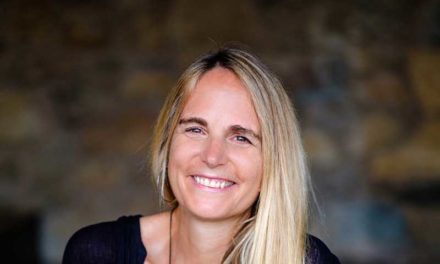By Jerome Griffith
The COVID-19 pandemic disrupted many businesses and countless lives. While no one should wish to lead through a crisis, we should all be prepared when adversity presents itself.
My company, Lands’ End, was impacted immediately in the first week of March 2020. Online demand was severely reduced, store traffic fell off as everyone stayed home, and we quickly began to worry about our cash on hand.
Having operated during the financial crisis of 2008-2009, our management team was ready. We immediately froze spending, reduced salaries, instituted furloughs, reduced product on order, and planned for how we would financially make it through the year. We “circled the wagons” quickly. The management team was incredibly nimble — not only with financial planning, but also with fully utilizing the digital tools which had been implemented in the past year.
Using Microsoft Teams as our resource, we all began working from our homes. We maximized use of 3D design software. We found a new online platform on which our designers could collaborate. We substituted avatars for models. We fully implemented in a month what would normally take a year or more.
It didn’t stop there. We immediately instituted CDC protocol for working in our warehouses. And we never stopped shipping product.
As quickly as we tightened our belts in March, by mid-April our online demand surged. From mid-April through the rest of 2020, the team had to react to radically increased demand. We called manufacturers to not only reinstate product orders, but to raise quantities. We assessed the new normal. Customers wanted comfortable clothing they could wear while working from home. And they wanted to make their home more comfortable, as they were spending all day there. Plus, they needed active clothing for getting out of the house and exercising.
Ultimately, we pivoted twice; once to react to the realities of the pandemic and stay fiscally responsible, and again six weeks later to chase the business as customers’ tastes changed and demand surged.
I’d like to think that principles I have learned over the years have helped us thrive in challenging times. First, surround yourself with a smart and diverse team. You do not need to be the smartest person in the room. I am quite happy to lead a team of people much smarter than myself.
Second, agree on strategy with the team. Then, let them do their jobs. Great people want to manage things themselves. Hold them accountable, of course. But let them get on with it.
Third, communicate constantly. Let the whole organization understand what is happening and, most importantly, why. Get every individual contributor to be a part of what is happening and understand their part.
Fourth, never stop innovating. One of the things that put us on the right track to emerge from the financial crisis even stronger was innovative new product. The team was proud of the effort, and of the outcome.
Fifth, take risks, but fail fast. Never stay on a sinking ship just because the boat was your idea. In times of crisis, new ideas are very important. And taking risks with those ideas is inevitable. But it doesn’t pay to hold on to a losing hand.
Finally, be curious. One quality that stands out among great leaders is that they all want to understand why. They never tire of asking questions for better understanding.
- Surround yourself with a smart and diverse team.
- Agree on strategy with the team. Then, let them do their jobs.
- Communicate constantly.
- Never stop innovating.
- Take risks, but fail fast.
- Be curious.
I believe many people in leadership positions gained valuable experience from the recent pandemic. The best ones acted quickly and decisively. And they reassessed those actions regularly. I couldn’t be prouder of how the team at Lands’ End has managed the company so far.
Jerome Griffith is the chief executive officer and a member of the board of directors of Lands’ End Inc. He completed a bachelor’s degree in marketing at Penn State in 1979 and resides in Wisconsin with his wife, Elke Foppe Grunsch.
Photo by Robert A. Ripps Photography





